A man who had not walked for two years was able to move all his limbs thanks to new technology.
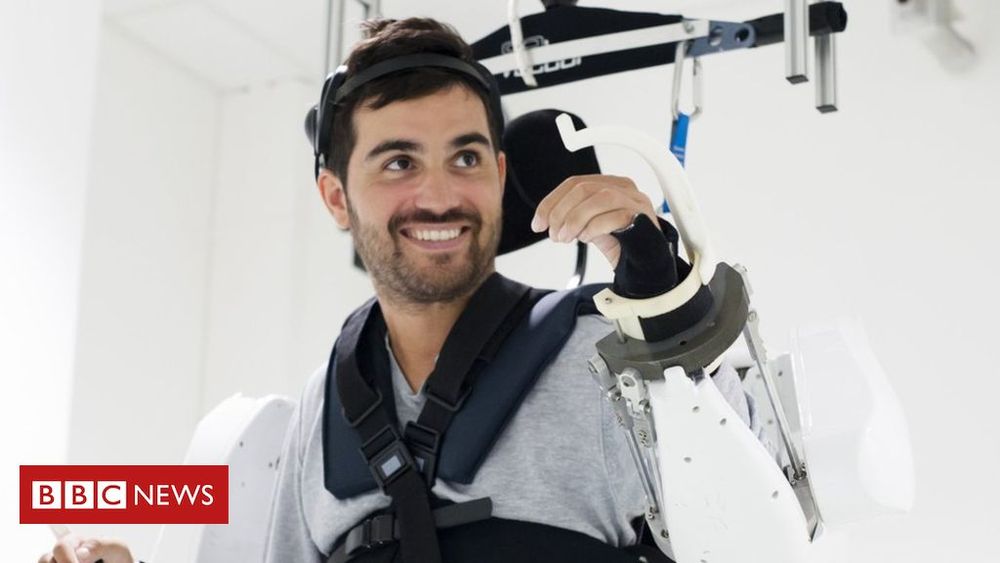


L AS VEGAS — At a biohacker conference convened here the other day, panelists took to the stage, settled into their chairs, and launched into their slide decks. Not Anastasia Synn.
https://www.youtube.com/watch?v=cn-v5XUl35c#t=1h41m20s
With Frank Sinatra crooning “I’ve Got You Under My Skin” over the loudspeakers, Synn pulled out a giant needle and twisted it deeper and deeper into her left forearm as the music played on. It was only after finishing her routine, capped off by loud applause from the crowd of biohackers, that Synn sat down for a fireside chat about her work as a “cyborg magician.”
Synn has 26 microchips and magnets implanted throughout her body. Unlike many biohackers who experiment purely out of personal interest, Synn does it for her magic career. These days, she’s doing less performing on stage and spending more time designing bodily implants for other magicians.
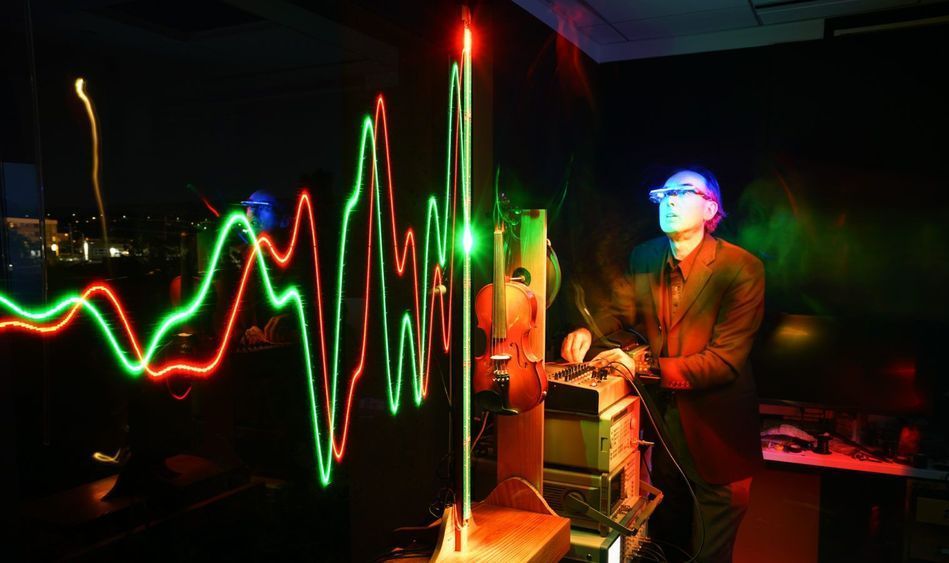

People who claim to have been abducted by aliens also say their DNA was manipulated and that human-alien hybrids live among us in this clip from Season 11’s episode, “The Returned”. #AncientAliens
Subscribe for more from Ancient Aliens and other great HISTORY shows: http://po.st/SubscribeToHistory
Find out more about the show and watch full episodes on our site:
http://po.st/AncientAliens
Check out exclusive HISTORY content:
History Newsletter: http://po.st/HistoryNewsletter
Website — http://po.st/HistoryWeb
Facebook — http://po.st/HistoryFacebook
Twitter — http://po.st/HistoryTwitter
“Ancient Aliens” explores the controversial theory that extraterrestrials have visited Earth for millions of years.
HISTORY®, now reaching more than 98 million homes, is the leading destination for award-winning original series and specials that connect viewers with history in an informative, immersive, and entertaining manner across all platforms. The network’s all-original programming slate features a roster of hit series, epic miniseries, and scripted event programming. Visit us at http://www.HISTORY.com for more info.
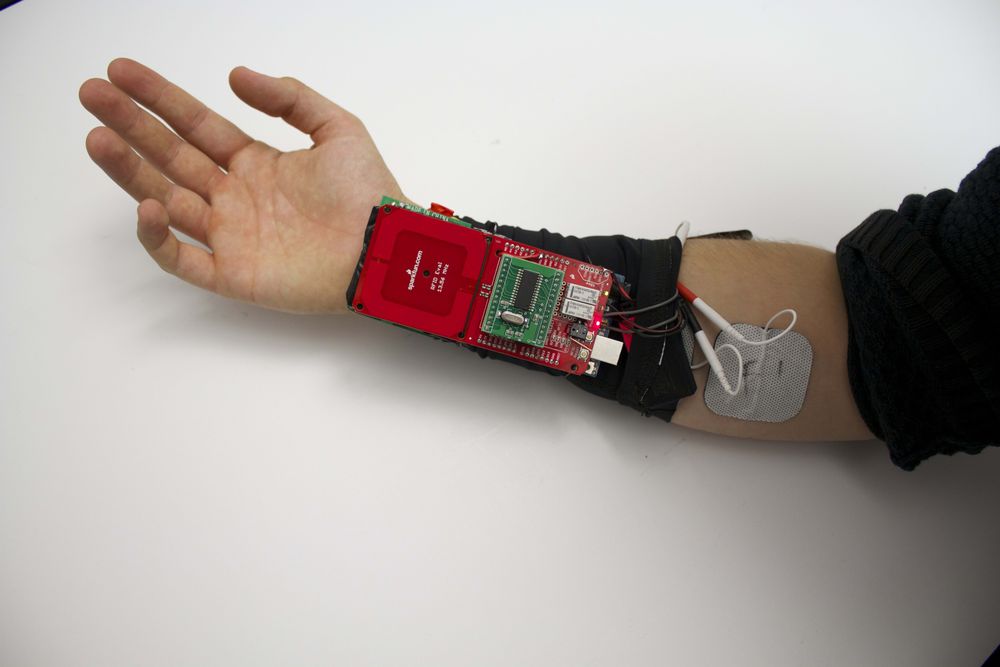
A professor at the University of Chicago believes he is on his way to creating a wearable for market that will manipulate your muscles with electrical impulses to cause you to move involuntarily so you can perform a physical task you otherwise didn’t know how to do, like playing a musical instrument or operating machinery.
Dr. Pedro Lopes, who heads the Human Computer Integration lab at the university, is all about integrating humans and computers, closing the gap between human and machine. His team, which focuses on engineering the next generation of wearable and haptic devices, is exploring the endless possibilities if wearables could intentionally share parts of our body for input and output, allowing computers to be more directly interwoven in our bodily senses and actuators.
Lopes’ vision: a wearable EMS device that would look like a sleeve and be able to send electrical impulses in the right timing and in the right fashion to make a user’s muscles move involuntarily to perform a physical task. EMS stands for electrical muscle stimulation.

Who doesn’t want to live forever?
Every society has its own set of myths about finding eternal life: the Fountain of Youth for the Spaniards and Shangri La for the Chinese, for example. For the transhumanists, this myth may become a reality.
Dr. Jennifer Huberman is a cultural anthropology professor at UMKC whose recent research has focused on this emerging high-tech society. Initially, Huberman did not set out to study the transhumanists.
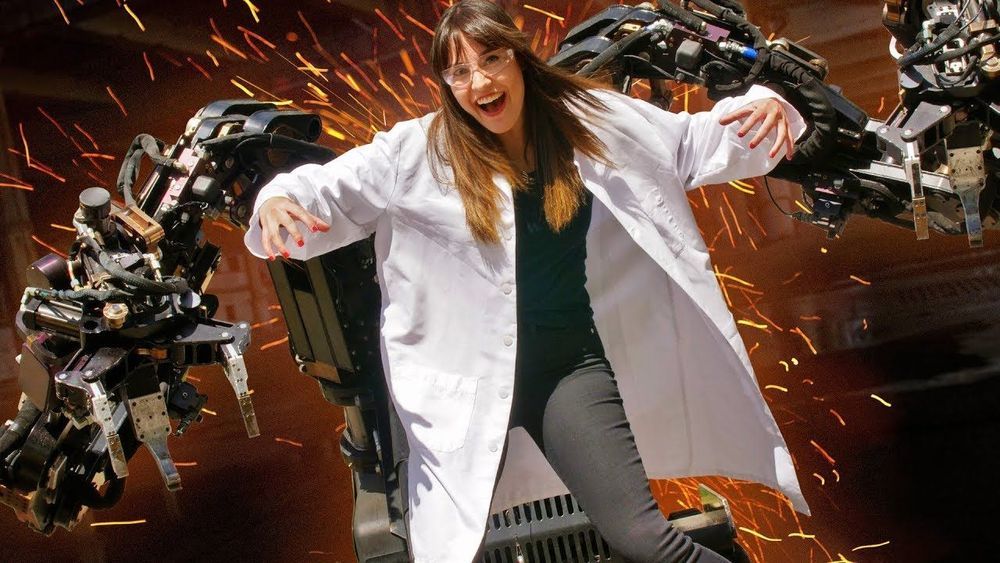
I get to try the Guardian GT big-arm robot, which is like a real-life Power Loader from Aliens. It’s controlled by a human and has incredible precision, but it’s also incredibly strong. Made by Sarcos Robotics, the GT can be used in situations that are too dangerous for humans to enter, like decommissioning nuclear power plants.
CNET playlists: https://www.youtube.com/user/CNETTV/playlists
Download the new CNET app: https://cnet.app.link/GWuXq8ExzG
Like us on Facebook: https://www.facebook.com/cnet
Follow us on Twitter: https://www.twitter.com/cnet
Follow us on Instagram: http://bit.ly/2icCYYm

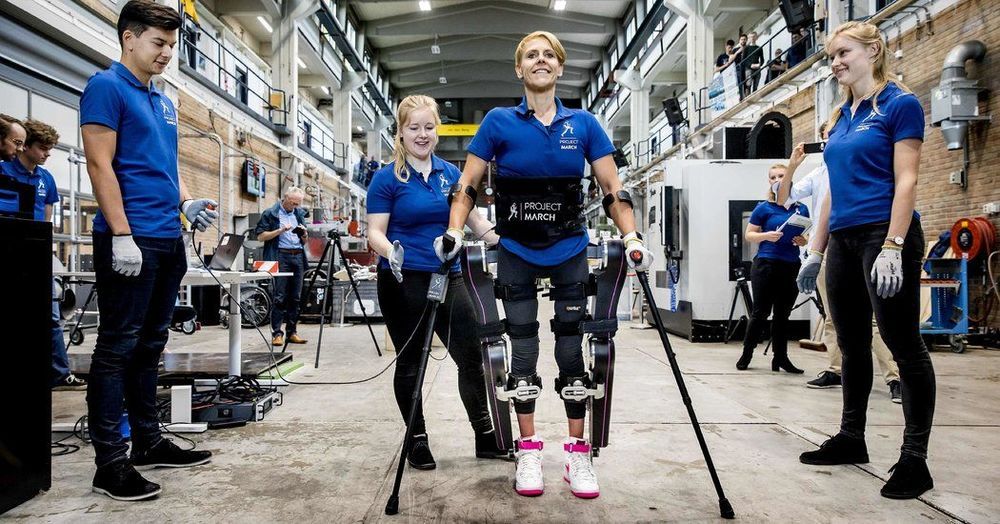
I’m excited to share my new article for The New York Times on the brave new world of #cyborg ability and coming #transhumanism sports:
I wonder whether the sporting industry might create some new competitions where — just like technology — performance-enhancing drugs are encouraged. Innovations like the new oxygen-infused injection, which might one day allow humans to hold their breath for 15 to 30 minutes, could allow competitive free divers to reach new depths, showing just how far the human body can go.
Critics will complain that the human body was not designed to compete using enhancements and that it violates the code given to us by the ancient Greeks and their first Olympics Games, where “arête,” or excellence and moral virtue, was cherished. As a longtime competitive athlete, I appreciate the sportsmanship angle; but I also think that in the 21st century we can develop both the drugs and the technology to see humans compete in new sporting events that are even more exciting than their predecessors.
It’s hard to imagine the public wouldn’t want to see swimmers with fingers surgically webbed together to act like paddles, or weight lifters using short-lasting adrenaline shots, or 150-mile-per-hour baseball pitches thrown from bionic limbs.
Drugs and performance-enhancing technology would not have to challenge any existing sporting competitions and their cultures. It would simply be a new category of sports with different athletes. And like the Cybathlon, these types of competition do more than just entertain — they lead the way forward for the medical and transhumanist industries seeking to improve the human being. Competitions would be pilgrimages for medical professionals and entrepreneurs looking to buy and possibly mass produce the latest unique technologies.
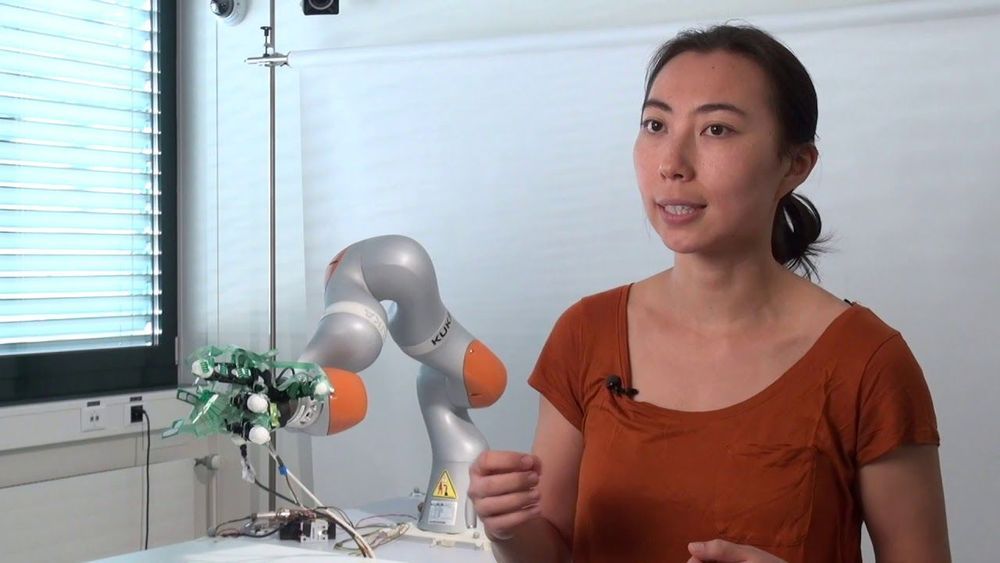
EPFL scientists are developing new approaches for improved control of robotic hands—in particular for amputees—that combines individual finger control and automation for improved grasping and manipulation. This interdisciplinary proof of concept between neuroengineering and robotics was successfully tested on three amputees and seven healthy subjects. The results are published in today’s issue of Nature Machine Intelligence.
The technology merges two concepts from two different fields. Implementing them both together had never been done before for robotic hand control, and contributes to the emerging field of shared control in neuroprosthetics.
One concept, from neuroengineering, involves deciphering intended finger movement from muscular activity on the amputee’s stump for individual finger control of the prosthetic hand which has never before been done. The other, from robotics, allows the robotic hand to help take hold of objects and maintain contact with them for robust grasping.